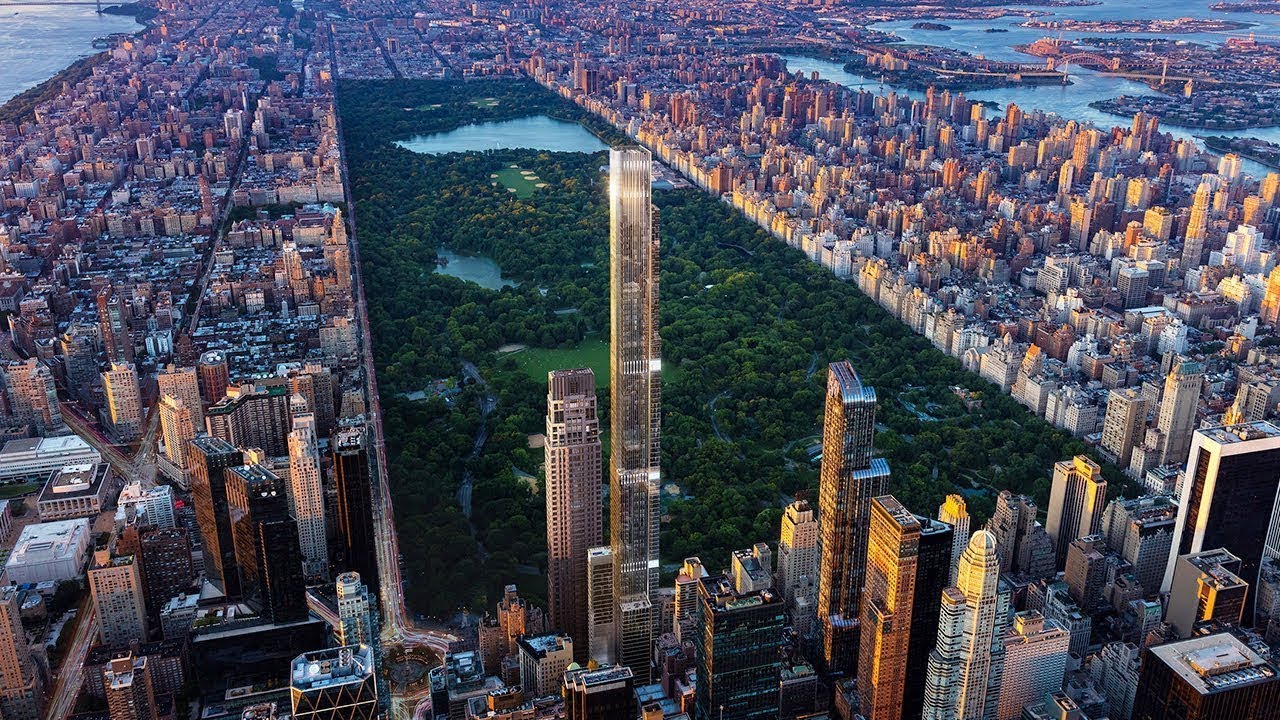What Happened to Millionaire's Row in Manhattan?
Summary
TLDRIn this engaging episode of 'This House,' host Ken explores the history of Millionaire’s Row in Manhattan, detailing its transformation from a neighborhood of elegant mansions to a skyline filled with skyscrapers. Once home to the affluent elite, including Mrs. Astor and the Vanderbilts, the area thrived until urban development led to the demolition of most historic homes to make way for modern structures. While many mansions were lost to progress, notable exceptions like the Frick Collection remain as reminders of a gilded age. The episode invites viewers to reflect on this architectural evolution and share their thoughts on preserving history.
Takeaways
- 🏙️ Manhattan's skyline wasn't always dominated by skyscrapers; it was once home to Millionaire's Row.
- 🏡 Seneca Village, a neighborhood of Irish immigrants and African Americans, was demolished to create Central Park.
- 🎉 The Vanderbilts and Mrs. Astor were prominent figures in the elite society that flourished around Central Park.
- 🏰 The Vanderbilt Mansion, designed by Richard Morris Hunt, was the largest home in New York City, occupying an entire city block.
- 💰 Wealth disparity was evident, as 'new money' families like the Vanderbilts were initially excluded from high society.
- 🏛️ Many opulent mansions were built around Central Park, showcasing extravagant wealth and elaborate designs.
- 🧱 The rise of skyscrapers began as developers sought to maximize land use in the increasingly expensive real estate market.
- 🏚️ Numerous historic mansions were demolished to make way for office buildings and skyscrapers, erasing much of the architectural heritage.
- 🖼️ A few mansions survived as museums, including Henry Frick's house and Andrew Carnegie's former estate.
- 📸 The legacy of this 'Gilded Age' remains mostly in photographs, as most grand homes were lost to progress.
Q & A
What was the original name of 5th Avenue in Manhattan?
-The original name of 5th Avenue was Middle Road.
What community existed in the area before Central Park was created?
-Before Central Park was created, the area was known as Seneca Village, which was primarily inhabited by poor Irish immigrants and African Americans.
Why was Seneca Village torn down?
-Seneca Village was acquired by the New York State Legislature through eminent domain to make way for the construction of Central Park.
Who was Mrs. Astor, and what was her significance in Manhattan's society?
-Mrs. Astor was a leading figure in New York high society and known for her lavish lifestyle, including hosting large balls in her mansion.
What was the Vanderbilt Mansion, and why was it notable?
-The Vanderbilt Mansion was the largest home in New York City at the time, designed by architect Richard Morris Hunt, and it occupied an entire city block.
How did the Vanderbilt family try to gain acceptance in high society?
-The Vanderbilt family, considered new money, attempted to gain acceptance by hosting extravagant social events, including a famous ball hosted by Alva Vanderbilt that excluded prominent society members like Mrs. Astor.
What architectural style was William Clark's house built in?
-William Clark's house, known as Clark’s Folly, was built in the Beaux-Arts style and featured 121 rooms.
What led to the demolition of many mansions surrounding Central Park?
-The demand for real estate in the area drove developers to replace mansions with skyscrapers, as building up became more economically feasible.
Which historic homes still survive as museums today?
-Henry Frick's house and Andrew Carnegie's former estate, now the Cooper Hewitt Museum, are two historic homes that have survived and serve as museums.
What legacy did the demolition of these mansions leave behind?
-The demolition of the mansions erased much of Manhattan's Gilded Age beauty, leaving only a few remaining homes and photographs as reminders of that era.
Outlines

This section is available to paid users only. Please upgrade to access this part.
Upgrade NowMindmap

This section is available to paid users only. Please upgrade to access this part.
Upgrade NowKeywords

This section is available to paid users only. Please upgrade to access this part.
Upgrade NowHighlights

This section is available to paid users only. Please upgrade to access this part.
Upgrade NowTranscripts

This section is available to paid users only. Please upgrade to access this part.
Upgrade NowBrowse More Related Video

HOW IT WORKS | Paper recycling, Cranes, Cherry jam, flower market | Episode 27| Free Documentary

20 FATOS SOBRE A CASA SONSERINA (Slytherin) - Dia do Orgulho Sonserino

From New Amsterdam to New York Illustrated - @MrBettsClass

Article IV for Dummies: Full Faith and Credit Explained

I’m shipping THIS FISH back to My POND!!

The Rise and Rise of New York's Billionaire's Row
5.0 / 5 (0 votes)